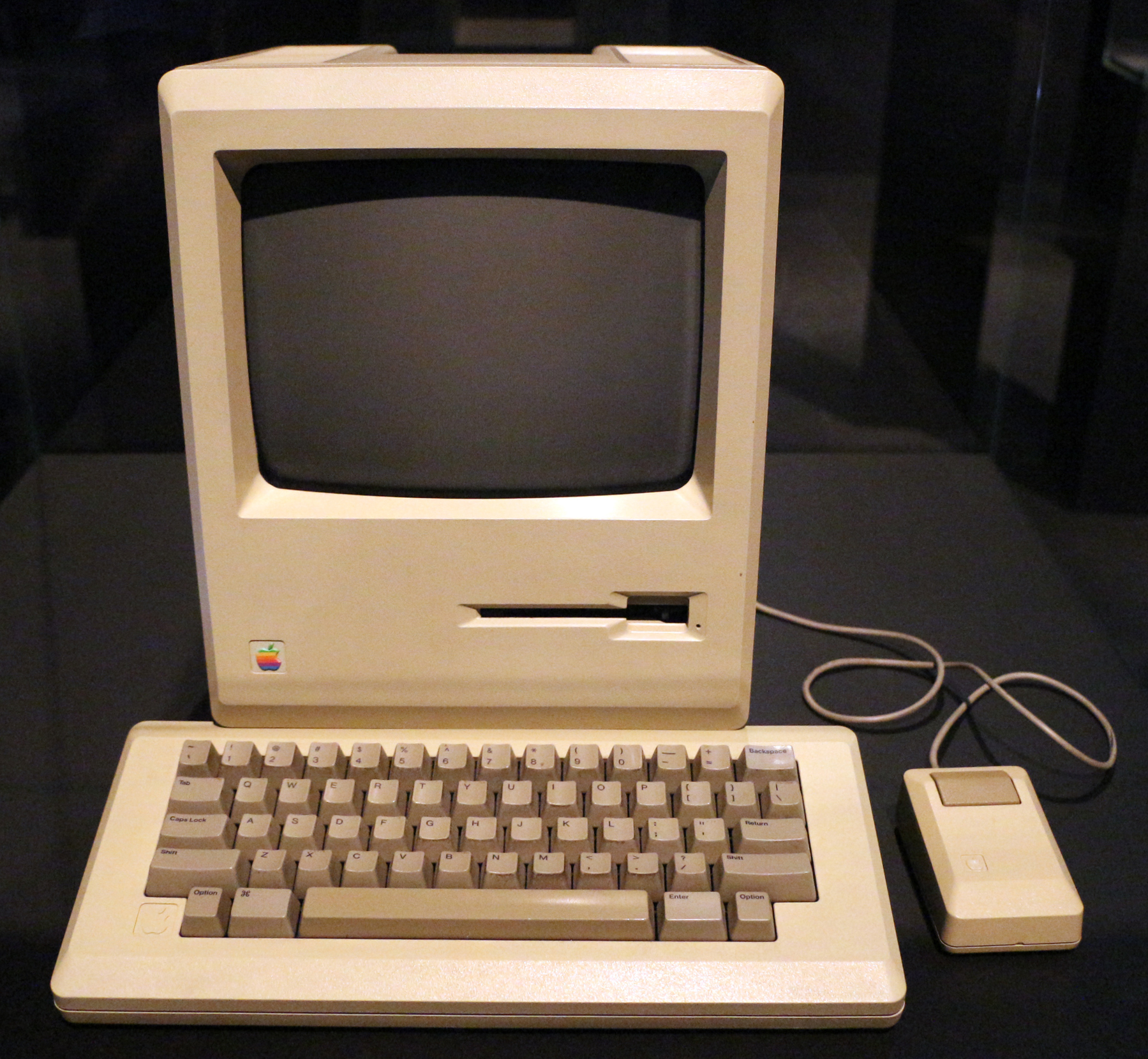The original USA release of the Macintosh came with the M0110 keyboard. Somewhat famous for not including arrow keys because Steve Jobs wanted to encourage developers to use the mouse instead, it also fit the compact size of the original Mac by only being slightly wider than the Mac itself and thus did not include a numeric keypad. A year or so later, the Mac Plus would come with the M0110A keyboard which added the arrow keys and a numeric keypad.
While the original M0110 was minimal, it did introduce the special Option and Command keys, but curiously there was also an 'Enter' key in the lower right in place of where a "right Command" key would have been expected.
My question is, what purpose did this 'Enter' key serve? The keycode is different than the 'Return' key an inch away, but given its placement and lack of a decent layout of the keys above it for even emulation of a numeric keypad, it doesn't really make sense what it was for. As well, when the Mac Plus M0110A came out, the numeric keypad's 'Enter' key had a different code despite the original one in question no longer being present.
I can speculate that on non-USA models this key was replaced with a variety of other functions, so perhaps it was something they could put there knowing other localizations would need a key?

